Leonardo Christino
Knowledge-Decks: Automatically Generating Presentation Slide Decks of Visual Analytics Knowledge Discovery Applications
Dec 02, 2022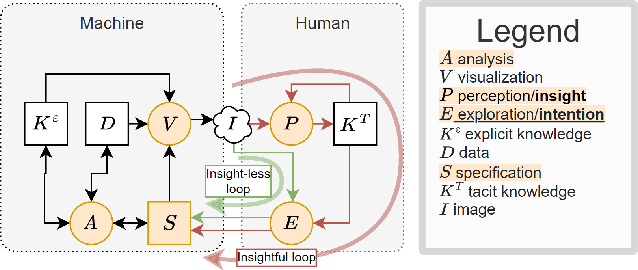
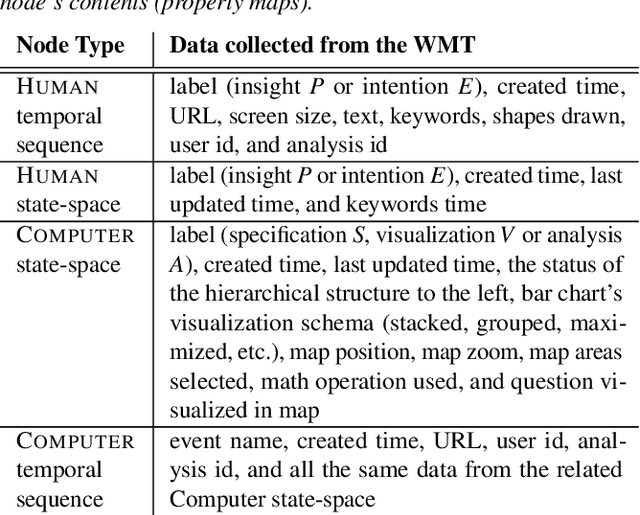
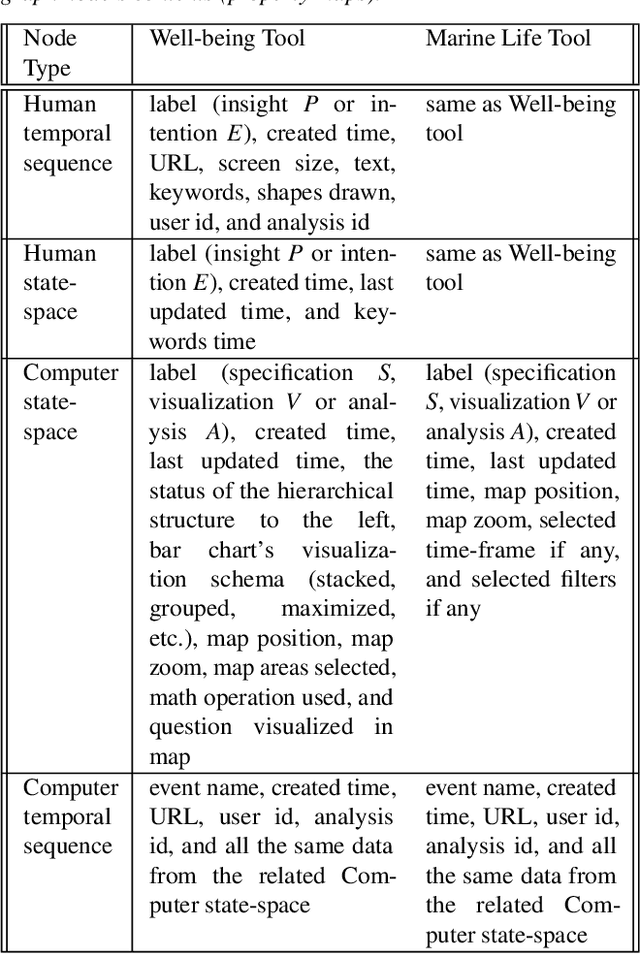
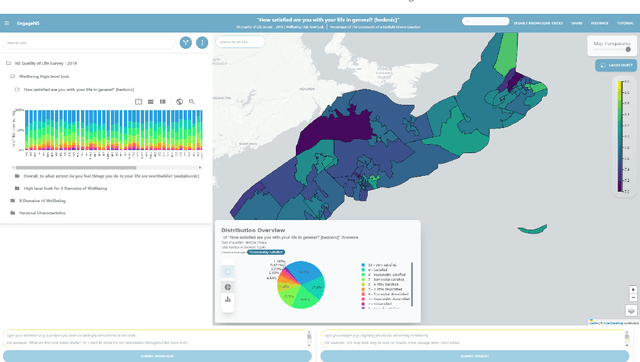
Abstract:Visual Analytics (VA) tools provide ways for users to harness insights and knowledge from datasets. Recalling and retelling user experiences while utilizing VA tools has attracted significant interest. Nevertheless, each user sessions are unique. Even when different users have the same intention when using a VA tool, they may follow different paths and uncover different insights. Current methods of manually processing such data to recall and retell users' knowledge discovery paths may also be time-consuming, especially when there is the need to present users' findings to third parties. This paper presents a novel system that collects user intentions, behavior, and insights during knowledge discovery sessions, automatically structure the data, and extracts narrations of knowledge discovery as PowerPoint slide decks. The system is powered by a Knowledge Graph designed based on a formal and reproducible modeling process. To evaluate our system, we have attached it to two existing VA tools where users were asked to perform pre-defined tasks. Several slide decks and other analysis metrics were extracted from the generated Knowledge Graph. Experts scrutinized and confirmed the usefulness of our automated process for using the slide decks to disclose knowledge discovery paths to others and to verify whether the VA tools themselves were effective.
DimenFix: A novel meta-dimensionality reduction method for feature preservation
Nov 30, 2022Abstract:Dimensionality reduction has become an important research topic as demand for interpreting high-dimensional datasets has been increasing rapidly in recent years. There have been many dimensionality reduction methods with good performance in preserving the overall relationship among data points when mapping them to a lower-dimensional space. However, these existing methods fail to incorporate the difference in importance among features. To address this problem, we propose a novel meta-method, DimenFix, which can be operated upon any base dimensionality reduction method that involves a gradient-descent-like process. By allowing users to define the importance of different features, which is considered in dimensionality reduction, DimenFix creates new possibilities to visualize and understand a given dataset. Meanwhile, DimenFix does not increase the time cost or reduce the quality of dimensionality reduction with respect to the base dimensionality reduction used.
Explainable Patterns: Going from Findings to Insights to Support Data Analytics Democratization
Jan 19, 2021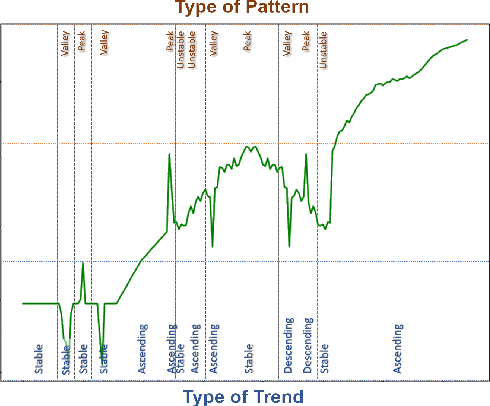
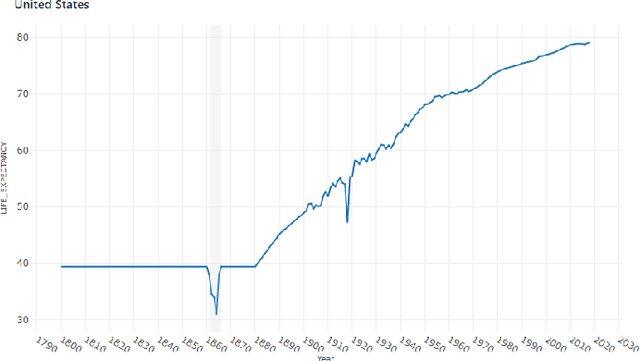
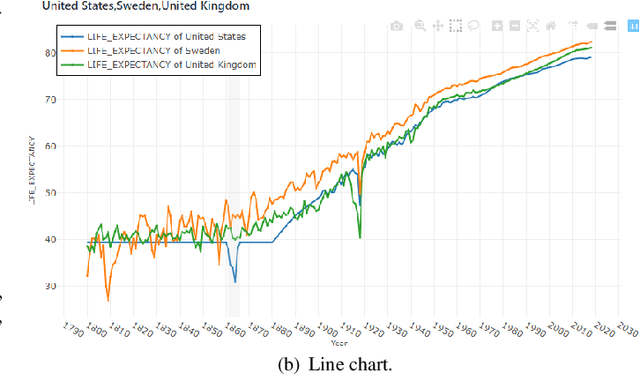
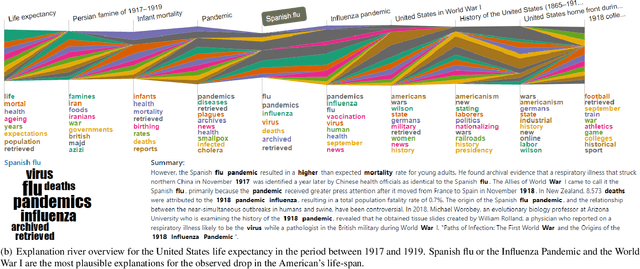
Abstract:In the past decades, massive efforts involving companies, non-profit organizations, governments, and others have been put into supporting the concept of data democratization, promoting initiatives to educate people to confront information with data. Although this represents one of the most critical advances in our free world, access to data without concrete facts to check or the lack of an expert to help on understanding the existing patterns hampers its intrinsic value and lessens its democratization. So the benefits of giving full access to data will only be impactful if we go a step further and support the Data Analytics Democratization, assisting users in transforming findings into insights without the need of domain experts to promote unconstrained access to data interpretation and verification. In this paper, we present Explainable Patterns (ExPatt), a new framework to support lay users in exploring and creating data storytellings, automatically generating plausible explanations for observed or selected findings using an external (textual) source of information, avoiding or reducing the need for domain experts. ExPatt applicability is confirmed via different use-cases involving world demographics indicators and Wikipedia as an external source of explanations, showing how it can be used in practice towards the data analytics democratization.
 Add to Chrome
Add to Chrome Add to Firefox
Add to Firefox Add to Edge
Add to Edge